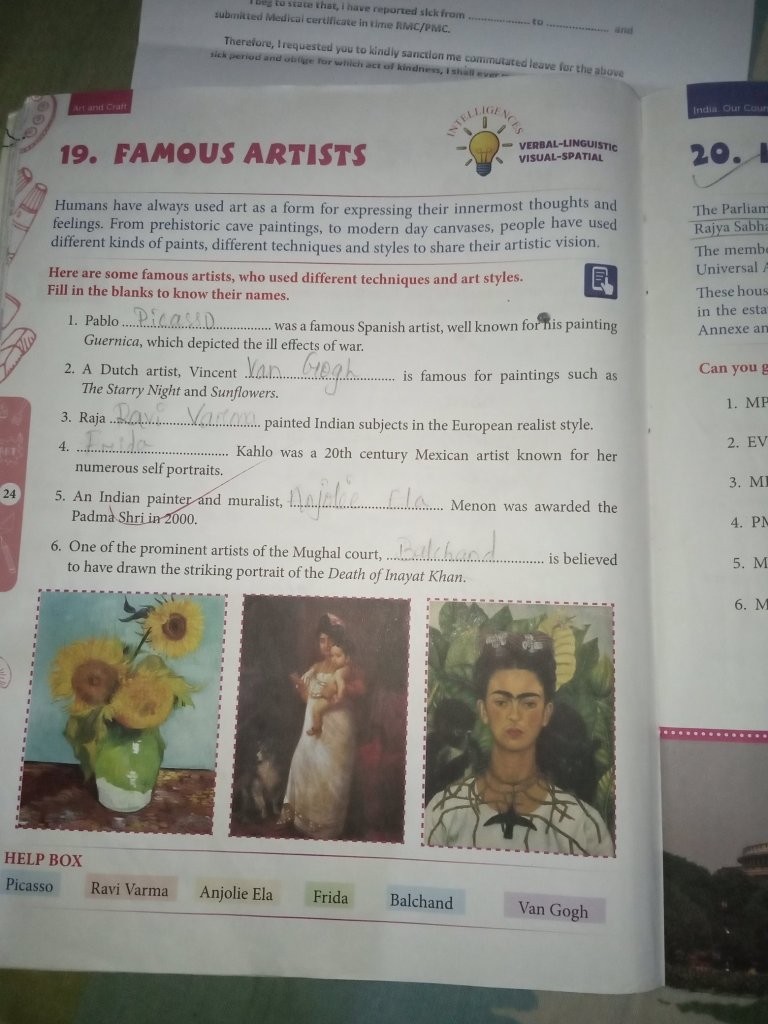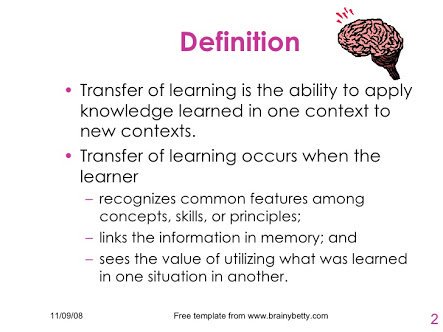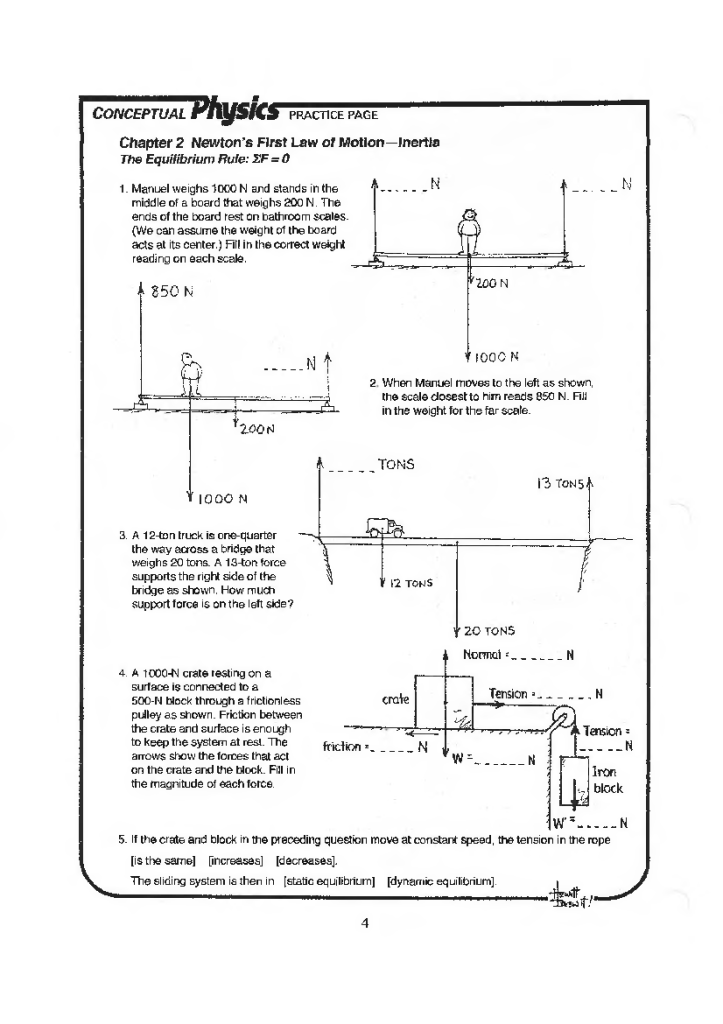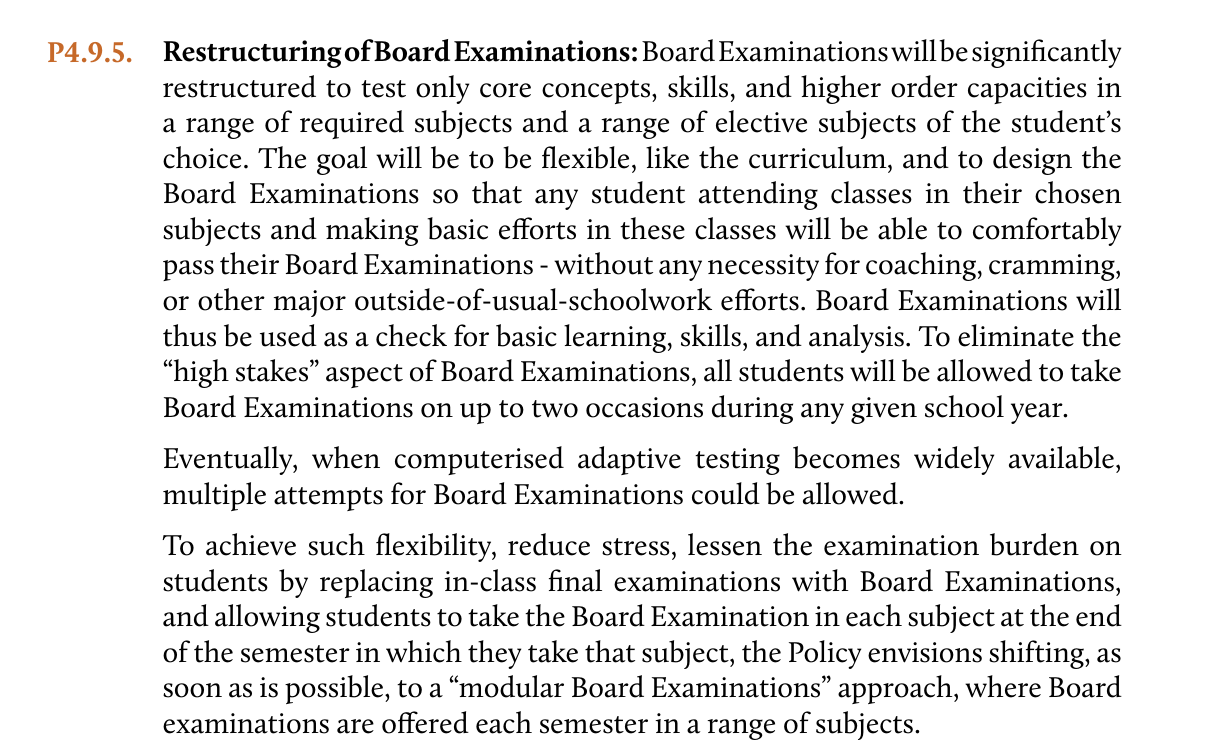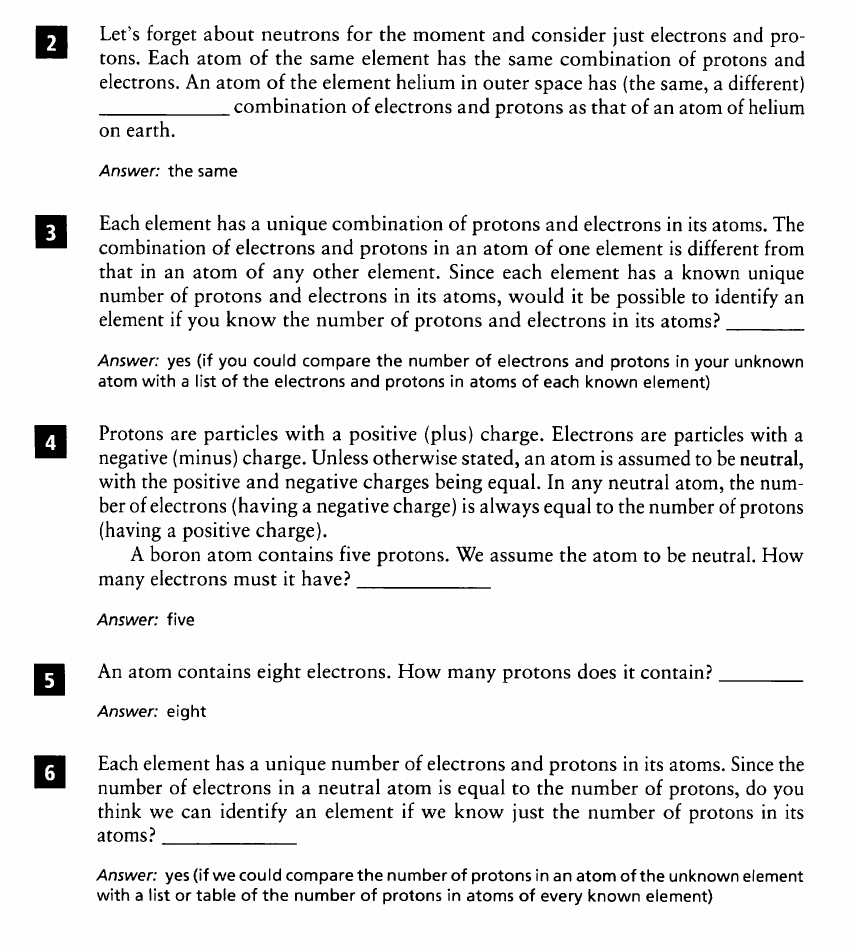Do we really require medical entrance exams that effectively filter out 99% of aspiring candidates? This question prompts us to delve into various aspects of medical education and the broader healthcare system. Let’s explore these points in detail:
1) Requirements for becoming a good doctor: Becoming a proficient and compassionate physician demands not only academic prowess but also a range of qualities such as empathy, communication skills, and a deep understanding of human biology. While entrance exams can gauge academic competence to some extent, they may not effectively evaluate these essential attributes.
2) Finite medicine and disease knowledge: It’s worth considering that the universe of medicines and diseases is finite. In fact, even a local medicine shopkeeper is familiar with a vast array of drug names and their respective applications. Couldn’t they potentially become a doctor with the right medical education?
3) Diagnostic reliance on technology: Modern medicine heavily relies on technology for accurate diagnoses. Doctors employ various tools and machinery, such as blood tests and imaging devices, to determine a patient’s condition. This reliance on technology means that a doctor’s success is intrinsically tied to these diagnostic aids.
4) Dependence on scientific literature: Doctors cannot test the efficacy and mechanisms of medicines themselves; they must rely on scientific literature, clinical trials, and expert opinions. This underscores the importance of a strong foundation in medical research and the ability to critically evaluate and apply this knowledge.
5) Role of technology and machine learning: Technology, particularly machine learning, plays a significant role in healthcare. Algorithms can assist in medical predictions and diagnosis based on vast datasets. However, it’s essential to be aware of the limitations and pitfalls associated with such technology, including data biases and ethical concerns.
6) Critical thinking and pseudoscience: In the era of evidence-based medicine, it is crucial for doctors to have strong critical thinking skills and the ability to distinguish scientific practices from pseudoscience. Questions may arise regarding the promotion of alternative medical systems like homeopathy or elements of AYUSH by governments, which can potentially undermine the scientific basis of healthcare.
7) Governance in education and market dynamics: How can we establish an effective governance system for managing medical institutes and develop a funding model that ensures efficiency, affordability of fees, and fairness for aspiring medical students?
8) Diversity of curriculum and learning strategies: A well-rounded medical curriculum that includes interdisciplinary learning and modular approaches can be more effective in preparing doctors to tackle the complexities of modern healthcare. The strategies used for medical education play a crucial role in shaping future physicians.
9) Ethics in Medical education: Ethics in medical education is the cornerstone of training future healthcare professionals. It includes principles like professionalism, integrity, informed consent, confidentiality, and cultural sensitivity. Students are taught to navigate ethical dilemmas, research with integrity, and handle conflicts of interest. They must be accountable and responsible, continuously reflect on their ethics, and adhere to institutional ethical codes. Ultimately, ethics in medical education shapes the character and behavior of healthcare professionals, ensuring they provide compassionate, patient-centered care throughout their careers.
Meritocracy farce: Merit or to exclude potentially talented students?
The concept of meritocracy, particularly in the context of highly competitive entrance exams that filter out a significant percentage of aspirants, can often reveal a farcical nature within the education system. Here’s an explanation of this issue:
- Excessive Filtering: Meritocracy, in theory, is based on the idea that individuals should be rewarded and progress based on their merit and abilities. However, when entrance exams are so intensely competitive that they eliminate 99% of candidates, it raises questions about whether this process is truly identifying merit or merely serving as a filter that screens out a large pool of potentially talented individuals.
- Narrow Focus on Testing: The farce becomes even more apparent when the education system primarily teaches to the test, meaning that students are predominantly prepared to excel in these entrance exams. This approach often prioritizes rote memorization and exam-specific strategies over holistic learning, critical thinking, and creativity. In such a scenario, students may excel at the exam but lack a broader understanding of the subject matter.
- Lack of Diversity: The intense competition and narrow focus on testing can disproportionately favor students who have access to expensive coaching programs and resources, potentially leading to a lack of socioeconomic and cultural diversity among those who succeed in these exams. It may not necessarily reflect the true potential and capabilities of a more diverse group of aspirants.
- Stress and Mental Health Concerns: The pressure to succeed in these exams can lead to severe stress and mental health issues among students. They often experience a relentless pursuit of high scores at the expense of their overall well-being, creating a farcical situation where the education system, which should promote holistic development, sometimes does the opposite.
- Overemphasis on Test Scores: When society places an excessive emphasis on entrance exam scores as the primary measure of an individual’s worth or potential, it can lead to a skewed perception of success. This can undermine other essential qualities like character, leadership, empathy, and creativity, which are equally important in various professions.
- Narrow Definition of Merit: The farce is further evident in the limited definition of “merit.” Success in highly competitive exams often assesses a specific type of intelligence and problem-solving ability. It may not adequately recognize other forms of merit, such as practical skills, innovation, and adaptability, which are critical in real-world scenarios.


